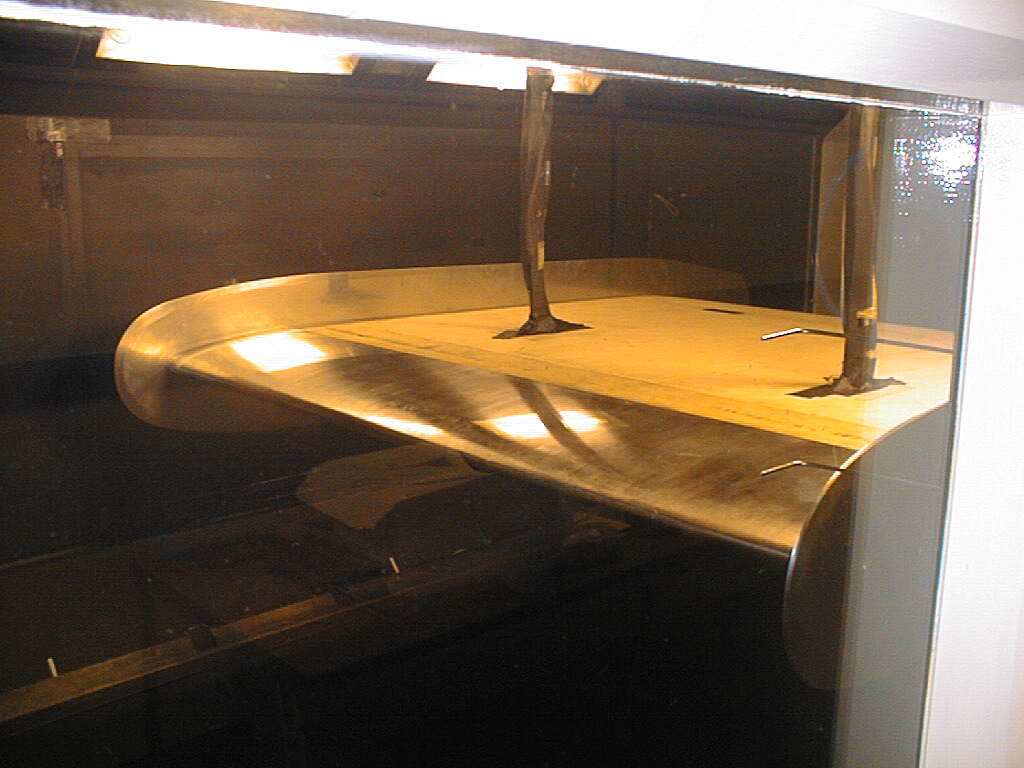
Flow Control

Aeroplane designers worldwide are developing drag-reduction systems which use suction surfaces on wings and engine nacelles to delay the point of transition from laminar to turbulent flow in the the boundary layer. By using surface-mounted microphones to monitor the flow characteristics a system has been developed which can automatically adjust the suction distribution over a number of panels so as to maximize the overall energy efficiency of the system. Gradient-based optimization algorithms are being compared with `modern' techniques such as genetic algorithms and simulated annealing. The control system has been tested on wind-tunnel models as well as in CFD simulations.

Experimental rig (in conjunction with the ISVR)